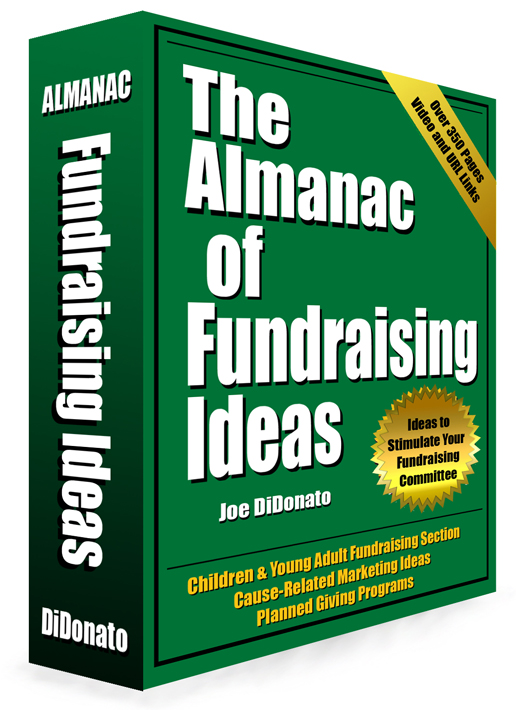|
Potential
Revenues:
|
$$$$
|
|
Revenue Source:
|
Sale of raffle tickets to be used to bid on one
or more donated items
|
|
Advertising:
|
Varies, but usually in conjunction with a larger
event like a dinner, gala, or ball
|
|
Equipment/Supplies:
|
Tables to display items, two-up raffle tickets,
containers for raffle tickets
|
|
Partners:
|
Every individual and business willing to donate
an item |
|
Volunteers
Needed:
|
People to solicit businesses and individuals for
the donated items, people to help put out the displays and bid containers,
people to sell the raffle tickets
|
How It Works:
Although no one
is really certain where the name came from, the Chinese Auction is a fun twist on the traditional silent auction
and raffle formats. Instead of trying to
outbid the previous bidder, or buying a raffle ticket for a chance on a single
item, the Chinese Auction works differently.
You buy a quantity of raffle tickets and place one or more of the
tickets into a container that’s been placed in front of the item that you want
to win. Later, a winning ticket is
pulled from each of the containers.
Set up a table
near the entrance where people can see the items and where they can buy the
tickets. Explain how the Chinese Auction
works, and tell them to keep the matching half of the two-up raffle ticket to
claim their prize. Sell the raffle
tickets in blocks of 10 or 20 for $1 each.
You can also go with tiers where you create an incentive to buy more
tickets. For example:
|
1 Ticket
|
$ 1
|
|
5 Tickets
|
$ 4
|
|
10 Tickets
|
$ 7
|
|
20 Tickets
|
$10
|
Make sure they know that they can use more than
one ticket for an item. Tell them that they
can increase their chances of winning an item by placing a large number of
tickets into any item’s raffle ticket container. The odds are still based on the number of
tickets entered, but they will view this as “putting the odds in their favor.”
Ideas to Consider:
Always save your
best items for a live auction. A good
auctioneer or emcee can really run up the contributions for you (see Live Auctions). Also consider a separate
table for silent auctions. In that
manner, you capture the interest of someone who wants to “make sure” that they are
the successful bidder for an item (see Silent
Auctions).
The Chinese
Auction is really intended for a group of items that are considered “nice to
have,” but really don’t have a strong enough draw to get into a bidding war
over. For instance, a toaster, a small
TV, an iPod, a dozen golf balls, as well as items valued under $25.
Why give away an
all-day spa treatment or a trip to an exotic place, when that item could be auctioned
off for more than the entire raffle proceeds?
The idea is to maximize your donations by having multiple ways for
supporters to contribute. The Chinese
Raffle adds that element for people that don’t like to partake in the silent
bid process.
You should always
use multiple venues in your events. Include
silent auctions, live auctions, straight-up raffles, and now the Chinese Auction.
Source
of Idea: Unknown.
Source of information above: www.Wikipedia.org
under “Chinese Auction,” and an event
held in 2008 by the Spiritual Center of Westlake Village.
Back to Home Page
|
